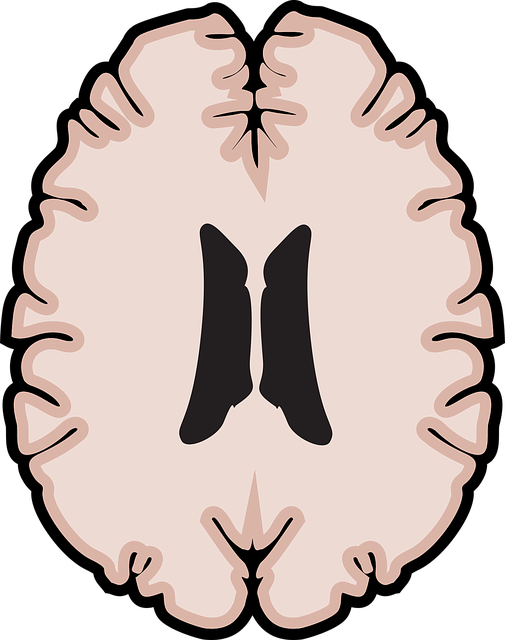Arvada American Sign Language (ASL) therapy prioritizes risk assessment and harm minimization for secure, effective treatment. Therapists navigate challenges like misinterpreting non-verbal cues through comprehensive training and self-care practices. Strategies include ongoing cultural competency training, mental health education, and promoting self-care principles to create a supportive environment. Proactive evaluation, best practice implementation, and community outreach ensure strategies remain nuanced and effective, enhancing client care and mental health awareness in Arvada ASL therapy settings.
In the realm of Arvada American Sign Language (ASL) therapy, risk assessment and harm minimization are cornerstone practices ensuring client safety and well-being. This comprehensive guide delves into the essential components of effective risk management, exploring unique challenges within ASL settings. From identifying potential hazards to implementing robust harm minimization strategies, therapists are equipped with tools to create dynamic, safe environments. Continuous evaluation and adaptation ensure a proactive approach, reflecting the evolving nature of both therapy and client needs.
- Understanding Risk Assessment: A Cornerstone of Safe Practice in ASL Therapy
- Identifying Potential Hazards: Navigating the Unique Challenges in ASL Settings
- Implementing Harm Minimization Strategies: Protecting Clients and Therapists Alike
- Continuous Evaluation and Adaptation: Ensuring a Dynamic Approach to Risk Management
Understanding Risk Assessment: A Cornerstone of Safe Practice in ASL Therapy

Risk assessment is a fundamental aspect of ensuring safe and effective American Sign Language (ASL) therapy practices in Arvada. It involves a thorough evaluation of potential hazards and risks associated with the therapeutic environment, client demographics, and individual needs. By understanding and identifying these risks, therapists can implement targeted strategies to minimize harm and promote positive outcomes for their clients. This process is crucial not only for physical safety but also for fostering an inclusive and supportive atmosphere that enhances mental health awareness and coping skills development.
In the context of ASL therapy, risk assessment goes beyond language barriers and cultural considerations. It delves into understanding client histories, psychological vulnerabilities, and unique challenges. For instance, clients with a history of trauma may require specialized support to build trust and encourage open communication. Through comprehensive risk assessment, therapists can tailor their approach, offering personalized interventions that address self-esteem improvement and overall well-being. This proactive strategy ensures that the therapeutic process is not only safe but also effective in meeting the diverse needs of each client.
Identifying Potential Hazards: Navigating the Unique Challenges in ASL Settings

Identifying potential hazards in American Sign Language (ASL) therapy settings presents unique challenges that require careful consideration. These environments often involve intimate interactions between therapists and clients, making them susceptible to various risks, including boundary crossings, ethical dilemmas, and emotional distress. For instance, the visual nature of ASL communication can sometimes obscure non-verbal cues, potentially impacting the accuracy of risk assessments.
In Arvada American Sign Language Therapy settings, building resilience through comprehensive training and ongoing education is vital. Therapists must be adept at deciphering nuanced body language and recognizing subtle signs of distress or potential harm. Moreover, integrating Self-Care Practices and fostering open dialogue about Mental Health Policy Analysis and Advocacy within the ASL community can help mitigate risks and promote a safe, supportive therapy environment.
Implementing Harm Minimization Strategies: Protecting Clients and Therapists Alike

Implementing harm minimization strategies is a critical aspect of Arvada American Sign Language (ASL) Therapy, ensuring the safety and well-being of both clients and therapists. This approach recognizes that therapy can sometimes involve challenging topics or experiences, and thus, it’s essential to have measures in place to protect all parties involved. By prioritizing harm minimization, ASL therapists can create a supportive environment, fostering open communication while mitigating potential risks.
The process involves several key components tailored to the unique needs of ASL therapy. These include regular Healthcare Provider Cultural Competency Training to address any cultural or linguistic barriers, Mental Health Education Programs Design that equip both providers and clients with knowledge about potential triggers and coping mechanisms, and incorporating Mind Over Matter Principles to empower individuals with self-care strategies. Through these comprehensive strategies, Arvada ASL Therapy aims to provide a safe space, promoting healing while safeguarding the integrity of the therapeutic process.
Continuous Evaluation and Adaptation: Ensuring a Dynamic Approach to Risk Management

In the dynamic landscape of Arvada American Sign Language Therapy, continuous evaluation and adaptation are not just desirable but essential practices for effective risk management and harm minimization. The field of ASL therapy is ever-evolving, with advancements in mental health awareness and new research emerging regularly. Therefore, therapists must continually assess the suitability and effectiveness of their strategies, ensuring they remain current and aligned with best practices. This involves regularly reviewing client outcomes, analyzing program implementations, and staying informed about community outreach program developments. By embracing a dynamic approach, therapists can identify areas for improvement, adjust interventions as needed, and better serve their clients’ evolving mental wellness needs.
This proactive strategy allows for a more nuanced understanding of the complex factors impacting client outcomes, fostering an environment where safety and support are prioritized. In light of these considerations, continuous evaluation enables therapists to remain agile, responsive, and effective in mitigating risks, ultimately contributing to enhanced Mental Health Awareness within the community they serve.
In conclusion, risk assessment and harm minimization planning are integral components of responsible Arvada American Sign Language (ASL) therapy practices. By understanding potential hazards specific to ASL settings, therapists can effectively implement strategies that safeguard both clients and themselves. Continuous evaluation and adaptation ensure a dynamic approach to risk management, reflecting the evolving nature of ASL therapy and client needs. Embracing these principles fosters a safer, more inclusive environment for all involved.














